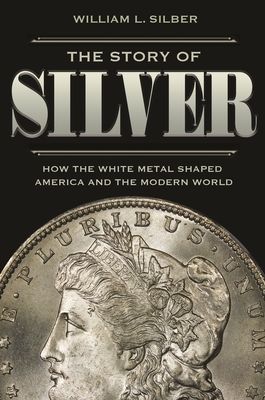Expedite your nonfiction book discovery process with Readara interviews, summaries and recommendations, Broaden your knowledge and gain insights from leading experts and scholars
In-depth, hour-long interviews with notable nonfiction authors, Gain new perspectives and ideas from the writer’s expertise and research, Valuable resource for readers and researchers
Optimize your book discovery process, Four-to eight-page summaries prepared by subject matter experts, Quickly review the book’s central messages and range of content
Books are handpicked covering a wide range of important categories and topics, Selected authors are subject experts, field professionals, or distinguished academics
Our editorial team includes books offering insights, unique views and researched-narratives in categories, Trade shows and book fairs, Book signings and in person author talks,Webinars and online events
Connect with editors and designers,Discover PR & marketing services providers, Source printers and related service providers

The Story of Silver: How the White Metal Shaped America and the Modern World
Business & Economics > Economic History
- Princeton University Press
- Paperback
- 9780691208695
- 8 X 5.2 X 1.2 inches
- 0.75 pounds
- Business & Economics > Economic History
- (Single Author) Asian American
- English
Readara.com
Book Description
How silver influenced two hundred years of world history, and why it matters today
This is the story of silver's transformation from soft money during the nineteenth century to hard asset today, and how manipulations of the white metal by American president Franklin D. Roosevelt during the 1930s and by the richest man in the world, Texas oil baron Nelson Bunker Hunt, during the 1970s altered the course of American and world history. Silver has been the preferred shelter against government defaults, political instability, and inflation for most people in the world because it is cheaper than gold. The white metal has been the place to hide when conventional investments sour, but it has also seduced sophisticated investors throughout the ages like a siren. This book explains how powerful figures, up to and including Warren Buffett, have come under silver's thrall, and how its history guides economic and political decisions in the twenty-first century.
Author Bio
William L. Silber is the Marcus Nadler Professor of Finance and Economics at the Stern School of Business, New York University. He is also a member of the New York Mercantile Exchange where he has traded options and futures contracts.
In the past he managed an investment portfolio for Odyssey Partners, and has also been a Senior Vice President, Trading Strategy, at Lehman Brothers, a Senior Economist with the President's Council of Economic Advisors, a member of the Economic Advisory Panel of the Federal Reserve Bank of New York, and a member of the investment committee of the SSRC endowment fund. He holds an M.A. (1965) and Ph.D. (1966) from Princeton University and is a graduate of Yeshiva College (1963).
He has consulted for various government agencies, including the Federal Reserve Board, the U.S. Senate Committee on the Budget, the House Committee on Banking and Financial Services, and the President's Commission on Financial Structure and Regulation. He has testified in Congress and has been an expert witness in a number of court cases. In 1980 he received the Excellence in Teaching Award at NYU's Stern School of Business and was voted Professor of the Year by MBA students in 1990, 1997, and 2018. In 1999 he was awarded NYU's Distinguished Teaching Medal.
His newest book, The Story of Silver: How the White Metal Shaped America and the Modern World, (Princeton University Press, 2019) chronicles silver's transformation from soft money during the nineteenth century to hard asset today, and tells how manipulations of the white metal by American president Franklin D. Roosevelt during the 1930s and by the richest man in the world, Texas oil baron Nelson Bunker Hunt, during the 1970s altered the course of history.
An earlier book, VOLCKER: The Triumph of Persistence, Bloomsbury (2012), a biography of former Federal Reserve Chairman Paul A. Volcker, was named the China Business News (CBN) 2013 Financial Book of the Year, was a finalist in the Goldman Sachs / Financial Times 2012 Business Book of the Year Award and has been the subject of in-depth reviews in the press.
In the past he has published over fifty articles in professional journals, has been an Associate Editor of the Journal of Finance and of the Review of Economics and Statistics and has published the following books and monographs: When Washington Shut Down Wall Street: The Great Financial Crisis of 1914 and the Origins of America's Monetary Supremacy, Princeton University Press (2007); Selected Essays in Finance (editor), Blackwell Publishers (2002); Principles of Money, Banking and Financial Markets (co-author), Addison Wesley (1974, 1977, 1980, 1983, 1986, 1989, 1991, 1994, 1997, 2000, 2004, 2009); Financial Options: From Theory to Practice (co-editor), Dow Jones-Irwin (1990); Money (co-author), Basic Books (1970, 1973, 1977, 1981, 1984); Municipal Revenue Bond Costs and Bank Underwriting, Monograph Series, New York University(1979); Commercial Bank Liability Management, Reserve City Bankers (1978); Financial Innovation (editor), D.C. Heath & Co. (1975); Portfolio Behavior of Financial Institutions, Holt, Rinehart & Winston (1970).
Source: NYU Stern School of Business
Videos
No Videos
Community reviews
No Community reviews

